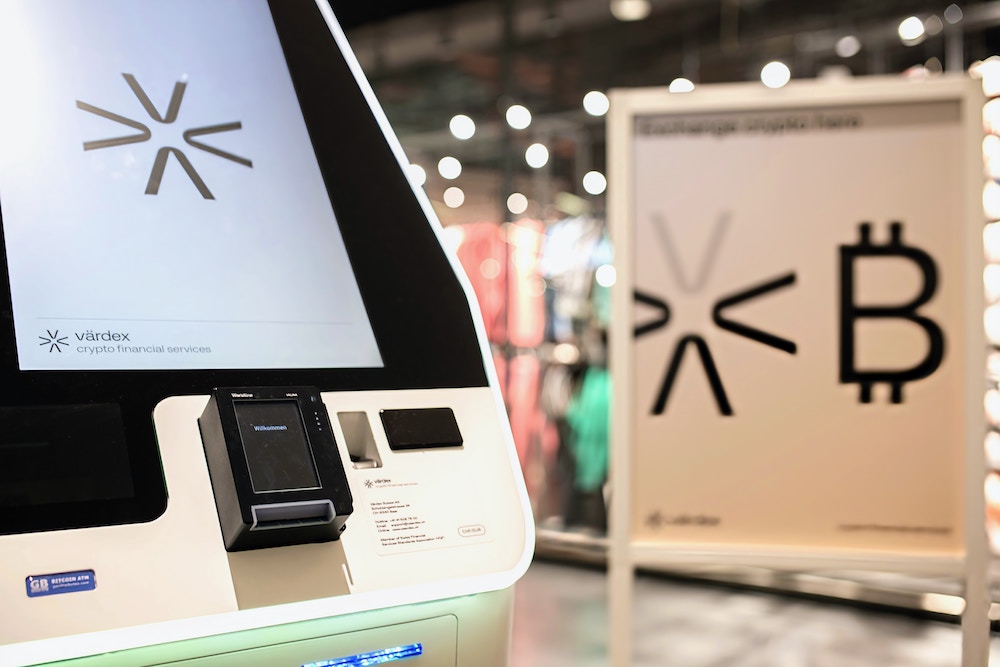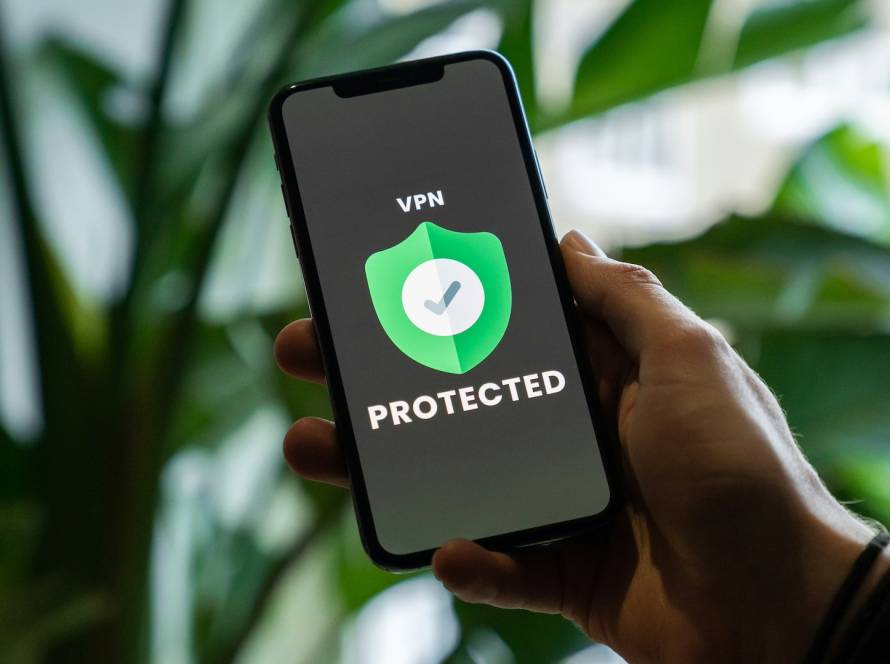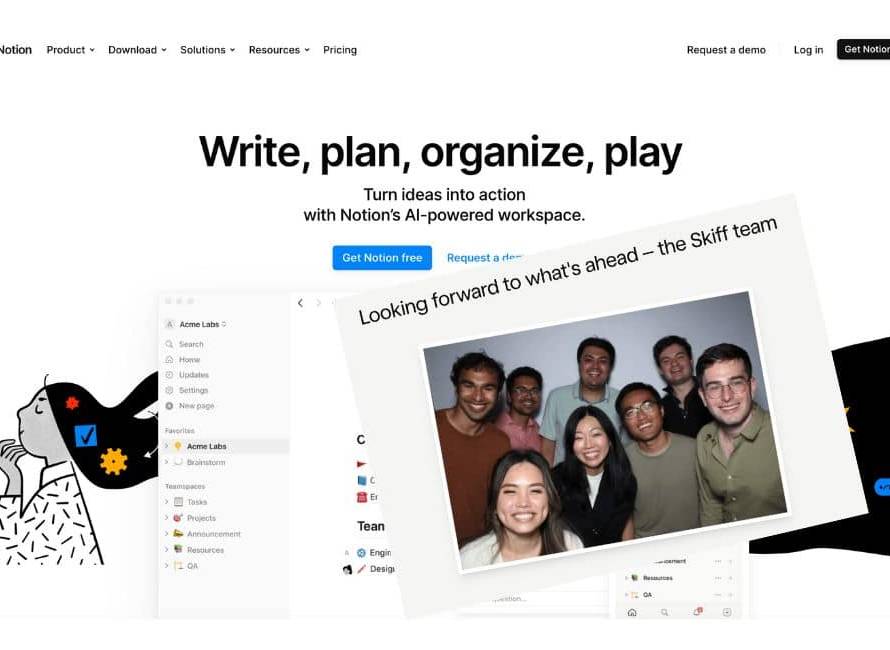The potency of money is not in its accumulation but in its fluidity. Each day witnesses billions of transactions globally, with payments standing out as the most tangible and frequent use of money. Beyond being mere exchanges of value, payments narrate a story of progressive freedom. From purchasing a coffee to transferring funds across borders, every transaction reflects our financial autonomy. Conversely, limitations in payment options curtail our ability to construct, share, and leverage value on our own terms.
PayPal emerged at a crucial juncture in payment history, positioning itself as a trustworthy beacon from the early days of online commerce. Now, amidst the ascent of blockchain technology over the past decade, PayPal is once again embracing a pivotal role in the evolution of payments. As it brought payments online initially, the focus is now on transitioning payments onto blockchain technology.
The commitment of PayPal remains steadfast throughout its tenure: to foster innovation in payments, ensuring that everyone can pay as they desire.
The Digital Payment Revolution took shape with the internet, migrating vast information online and transforming mechanisms for tracking and managing money. The burgeoning ecosystem of online commerce set new expectations for transaction conduct, demanding the same immediacy and borderless reach in payments as experienced in everyday online communication.
This shift highlighted a gap – while the internet provided the infrastructure for global commerce, a trustworthy and efficient online payment system was conspicuously absent. PayPal bridged this gap by building an ecosystem that met the desire for flexible and secure global payments.
With over 400 million active accounts today, PayPal’s success goes beyond identifying market gaps. The focus has remained unchanged, from facilitating eBay transactions in its early days to acquiring Venmo in 2013. The trajectory has consistently centered on answering the question: how do people want to pay?
The answer remains clear: people desire fast, cheap, global payments. However, achieving this over the last three decades has proven elusive.
Enter PayPal USD (PYUSD), a stablecoin backed by secure and highly liquid assets, enabling buying, selling, holding, and transferring.
The New Gap arises in the realm of PayPal, crypto, and new financial rails. Despite efforts in the digital payment landscape to offer global, instantaneous transactions, reality often falls short. Settlement times for online payments remain lengthy, hindering the ability to pay as desired. Blockchain technology emerges as the new financial rail, collapsing how payments look and operate, offering near-instant settlements globally.
PayPal recognizes this transformative potential and positions itself to bridge the gap between a new payments rail and widespread adoption. With 400 million accounts, PayPal aims to provide an additional option for a blockchain-based payments solution, aligning with its early e-commerce endeavors.
In 2020, PayPal allowed users to buy, hold, and sell crypto within their accounts. Last year, users could transfer crypto assets to external wallets, connecting decentralized and centralized finance worlds.
PayPal envisions continuing as pivotal hubs for commerce, facilitating transactions for goods and services. The outlook on blockchain and crypto is neutral, driven by the understanding that customers desire easier, faster, and cheaper payments. Blockchain enables these payments in ways current financial rails do not. A stance on stablecoins is clear – they are deemed a necessary tool to fully realize crypto’s capacity as an accessible and flexible payments instrument.
PYUSD, issued by Paxos, represents PayPal’s commitment to its customers, aligning with the company’s ethos since 1998: giving customers what they want.
Customers seek easier payments. Businesses want swift vendor payments. Individuals want to send money without high fees and waiting days. Blockchain technology emerges as the only innovation offering a fundamentally new payment rail to fulfill these desires. PayPal aims to be a vanguard in providing customers with trust, confidence, and ease, with PYUSD marking the next evolution toward that goal.
At PayPal, the essence of money lies in its movement. The fast, cheap, and global movement of money is what customers seek. The history of PayPal is an unwavering commitment to empowering individuals and businesses to transact on their terms. Crypto, in this perspective, introduces a new paradigm – paying with crypto means paying how you want.
WHAT TO EXPECT IN 2024:
In 2024, we can expect several developments in the digital money space. Central banks are likely to continue experimenting with and testing various central bank digital currency (CBDC) applications across retail, wholesale, and cross-border transactions. There will also be a focus on the technology, functionality, and use cases of CBDCs, including offline payments. There may be an accelerated convergence between digital assets and traditional finance, with the potential approval of multiple spot Bitcoin Exchange Traded Funds (ETFs), which could lead to greater institutional adoption of digital assets. Furthermore, 2024 is predicted to be the year of embedded finance technology, with new technologies and regulations changing the operation of the sector[.
In the crypto sector, there are predictions that bitcoin could potentially top $60,000 to $250,000 in 2024, and there is anticipation of continued growth and new investment opportunities through the tokenization of assets. Other predictions for 2024 include the arrival of the first spot Bitcoin ETFs and the potential onset of a U.S. recession. Overall, 2024 is expected to bring significant advancements and changes in the digital money and crypto space.
ZMSEND.com is a technology consultancy firm for design and custom code projects, with fixed monthly plans and 24/7 worldwide support.


